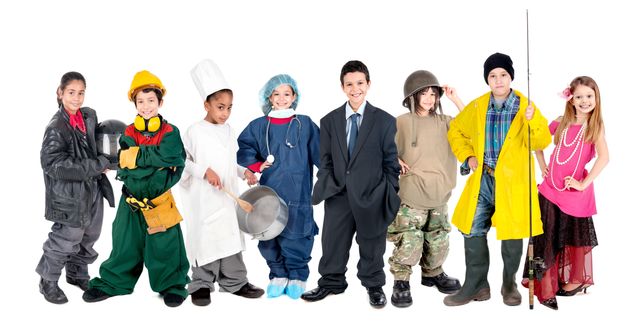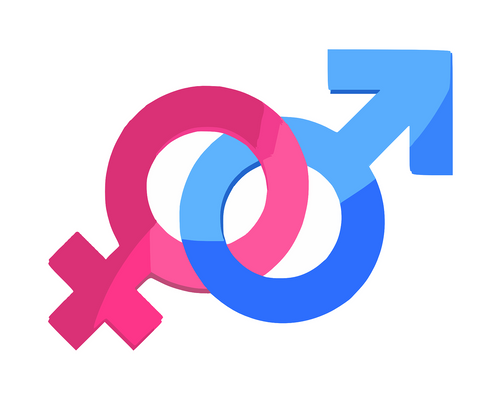6.1.6
Distribution of Poverty UK
Ethnicity and Poverty
Ethnicity and Poverty
Certain groups within society are more likely to live in poverty. These include ethnic minorities, certain age groups, people who have a disability and women.


Poverty and ethnicity
Poverty and ethnicity
- Poverty in minority ethnic groups is about double that of White British people.
- Pakistanis and Bangladeshis are the poorest groups in the UK.
- Ethnic minorities are more likely to be employed in low pay jobs or be unemployed than White British.


Employment
Employment
- Pakistanis and Bangladeshis often have large families, combined with low paid jobs, this increases poverty levels.
- Racism in employment means that some ethnic minority groups may find it difficult to find the best-paid jobs in certain industries.


Sociological theories
Sociological theories
- Functionalists argue that poverty amongst minority ethnic groups is functional for the system, in that they are motivated to take the lower paid manual jobs.
- Weberian theories suggest that some minority ethnic groups have a weaker market situation due to educational underachievement.


Marxists
Marxists
- Marxists see racism and low pay contributing to divisions in the working class, by separating the poor working-class from the non-poor working class, dividing black and white workers and, thus, preventing the development of working-class unity that might threaten the capitalist system.


New Right
New Right
- New Right theorists suggest that some minority ethnic groups are to blame for their poverty, as they are part of a dependency culture and a work-shy underclass.
Age and Poverty
Age and Poverty
Certain groups within society are more likely to live in poverty. These include ethnic minorities, certain age groups, people who have a disability and women.


Age and poverty
Age and poverty
- Older people are now less likely to be living in low-income households than adults of working age.
- Child poverty in the UK remains higher than in most other countries of the EU; around 27 percent of all children in the UK were living in poverty in 2013-2014, compared to 19 percent of adults.


Distribution of child poverty
Distribution of child poverty
- Poverty is greatest amongst homeless children, those with disabled parents, children from Pakistani and Bangladeshi households, and children from marginalised groups like asylum seekers and Roma/Traveller communities.


The impact of child poverty
The impact of child poverty
- Poverty affects educational achievement and has long-lasting effects on health and psychological development.
- Poor children are more likely to become poor adults.


The impact of child poverty cont.
The impact of child poverty cont.
- Child poverty can generate wider social problems, for example, crime and anti-social behaviour.
- Child poverty can lead to children becoming socially isolated and stigmatised, for example, because they cannot afford the things that many children take for granted.


Hirsch
Hirsch
- Hirsch offers a number of reasons for the high levels of child poverty:
- Lone parenthood.
- Lack of work or parents in low pay jobs.
- Disability, resulting in parents finding it harder to find work.
- Inadequate policies supporting childcare and flexible working.
Gender and Poverty & Disability and Poverty
Gender and Poverty & Disability and Poverty
Certain groups within society are more likely to live in poverty. These include ethnic minorities, certain age groups, people who have a disability and women.


Disability and poverty
Disability and poverty
- The poverty rates for disabled adults are around double that of non-disabled adults.
- Palmer suggests these high rates are due to a number of factors, including:
- The inability to take up paid employment.


Palmer
Palmer
- Higher rates of unemployment and low pay (disabled people are four times more likely to be out of work or be in low-paid work than non-disabled people with the same qualifications).
- Some disabled people might be discriminated against in the job market.
- Inadequate welfare benefits.


Gender and poverty
Gender and poverty
- Women are more likely to live in poverty than men.
- Women are more likely to be in low-paid and part-time work because they are more likely to have the major responsibility for housework and childcare.


Homeworkers
Homeworkers
- Women make up the majority of homeworkers, due to childcare or caring for dependent adults; many homeworking jobs are poorly paid.


Single parents
Single parents
- Women are more likely than men to be lone parents with sole responsibility for childcare, reducing the possibilities of employment and increasing dependence of state benefits.
- Women are more likely to sacrifice their own standard of living in order to provide for their children.
1Theory & Methods
1.1Sociological Theories
1.2Sociological Methods
2Education with Methods in Context
2.1Role & Function of the Education System
2.2Educational Achievement
2.3Relationships & Processes Within Schools
3Option 1: Culture & Identity
3.1Conceptions of Culture
3.2Identity & Socialisation
3.3Social Identity
3.4Production, Consumption & Globalisation
4Option 1: Families & Households
4.1Families & Households
4.2Changing Patterns
4.3The Symmetrical Family
4.4Children & Childhood
5Option 1: Health
5.1Social Constructions
5.2Social Distribution of Healthcare
5.3Provision & Access to Healthcare
5.4Mental Health
6Option 1: Work, Poverty & Welfare
6.1Poverty & Wealth
7Option 2: Beliefs in Society
7.1Ideology, Science & Religion
7.2Religious Movements
7.3Society & Religion
8Option 2: Global Development
8.1Development, Underdevelopment & Global Inequality
8.2Globalisation & Global Organisations
8.3Aid, Trade, Industrialisation, Urbanisation
9Option 2: The Media
9.1Contemporary Media
9.2Media Representations
10Crime & Deviance
10.1Crime & Society
10.2Social Distribution of Crime
Jump to other topics
1Theory & Methods
1.1Sociological Theories
1.2Sociological Methods
2Education with Methods in Context
2.1Role & Function of the Education System
2.2Educational Achievement
2.3Relationships & Processes Within Schools
3Option 1: Culture & Identity
3.1Conceptions of Culture
3.2Identity & Socialisation
3.3Social Identity
3.4Production, Consumption & Globalisation
4Option 1: Families & Households
4.1Families & Households
4.2Changing Patterns
4.3The Symmetrical Family
4.4Children & Childhood
5Option 1: Health
5.1Social Constructions
5.2Social Distribution of Healthcare
5.3Provision & Access to Healthcare
5.4Mental Health
6Option 1: Work, Poverty & Welfare
6.1Poverty & Wealth
7Option 2: Beliefs in Society
7.1Ideology, Science & Religion
7.2Religious Movements
7.3Society & Religion
8Option 2: Global Development
8.1Development, Underdevelopment & Global Inequality
8.2Globalisation & Global Organisations
8.3Aid, Trade, Industrialisation, Urbanisation
9Option 2: The Media
9.1Contemporary Media
9.2Media Representations
10Crime & Deviance
10.1Crime & Society
10.2Social Distribution of Crime
Unlock your full potential with Seneca Premium
Unlimited access to 10,000+ open-ended exam questions
Mini-mock exams based on your study history
Unlock 800+ premium courses & e-books